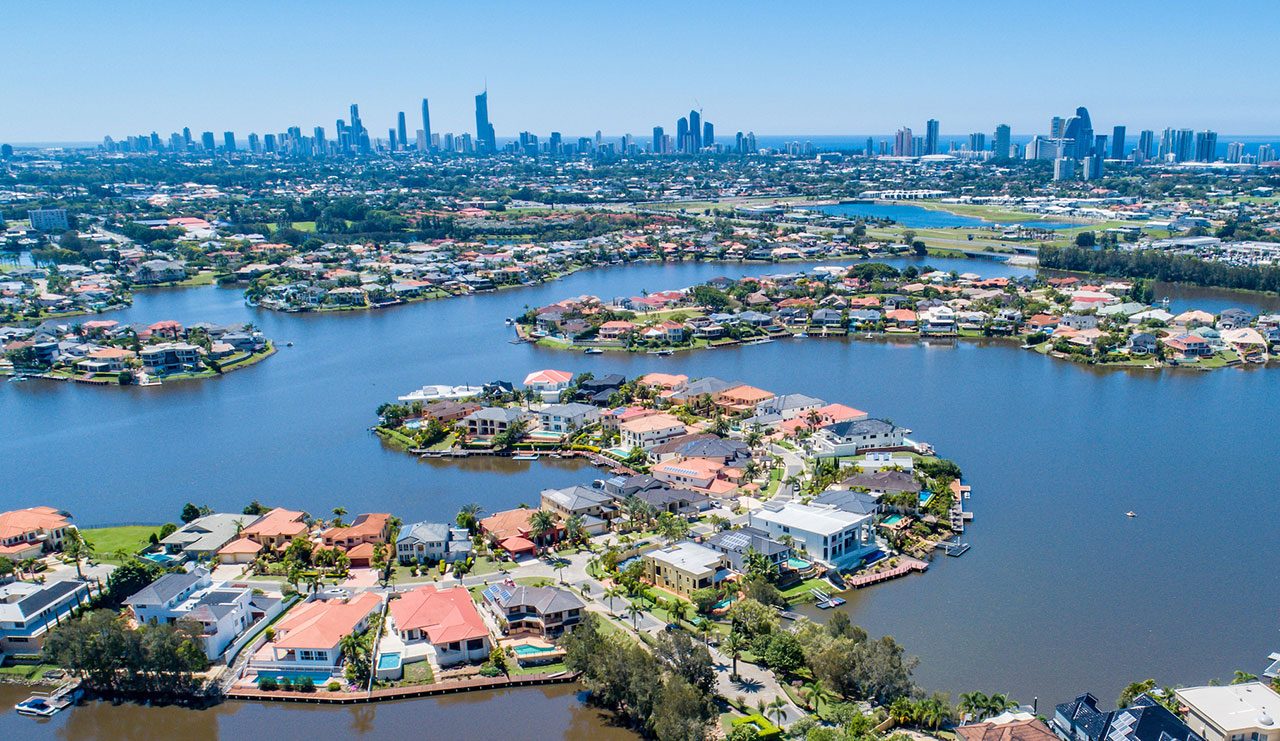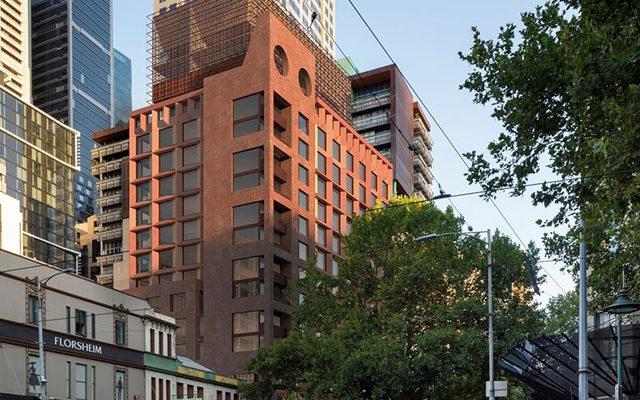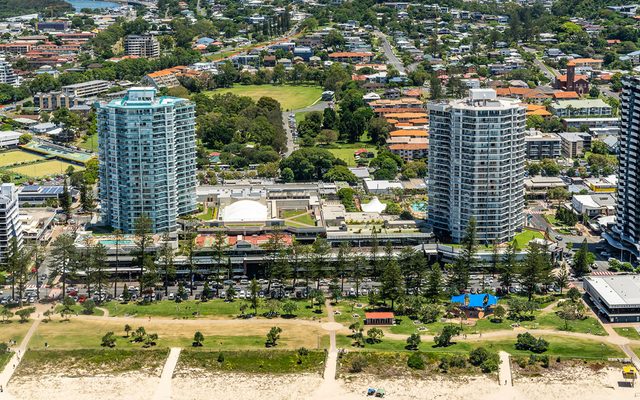This article is from the Australian Property Journal archive
THE supply of new apartments on the Gold Coast continues to plumb new depths amid owner occupier demand, with 450 sales in the June quarter pushing supply to a seven-year low.
The latest Urbis Gold Coast Apartment Essentials report showed just 624 apartments were available for sale at the end of June, falling below the previous low of 634 apartments reached in early 2014.
The current sales rate of gives the market little more than four months’ supply of apartments if no new projects are released.
Combined with the record first quarter, new apartment sales for the first six months of this year reached 1,192 – about 21% more than the 987 apartments sold over the entire year in 2020.
Urbis senior consultant Lynda Campbell said that while the numbers in the latest quarter failed to match the first three months of this year, it was still the second-highest quarterly result in five years.
Fourteen new apartment projects were sold out during the second quarter, with three of those new launches.
“The number of apartment projects selling out within months of launching highlights the extent of elevated buyer demand,” Campbell said.
There is now an imbalance of supply across the Gold Coast’s four key apartment precincts identified by Urbis. The North Shore precinct, from Runaway Bay to Hope Island, has 13.1 months’ supply and the Southern Beaches, from Mermaid Beach to Coolangatta, holds just 2.1 months’ supply.
“Some precincts are now in major undersupply, although we are aware of a number of larger projects currently in train that may be ready to fill this gap,” Campbell said.
The Urbis report estimates a further 1,000 apartments may be launched to the market over the next three to six months, however Campbell said that if demand continues at the current pace, this supply will not be enough.
Strong demand and pricing have been underpinned by the domestic movement. The Gold Coast has come out on top nationally for total migration according to a new report by Commonwealth Bank and Regional Australia Institute.
Despite the significant demand for new apartments, the combined weighted average price across all precincts fell over the June quarter by $59,775 to $1.044 million.
Demand in the Southern Beaches precinct has made it the most expensive. Its weighted average sale price for new apartments has surged by $141,906 to $1.366 million compared to the first quarter of this year.
The average price was lower in the Gold Coast Central precinct, from Labrador to Broadbeach, where it dropped by $211,201 to $1.018 million. It remained the most active precinct, accounting for more than half the total sales in the Gold Coast during the quarter with 240.
In percentage terms, the biggest price gains have been recorded in the North Shore precinct, from Runaway Bay to Hope Island. While at a lower figure of $779,688 that represented a 37% increase.
The market is characterised by a high proportion of owner occupiers and a lack of rental supply. REIQ figures showed a vacancy rate of just 0.6%. Owner occupiers represented 56% of buyers, Queensland investors 19%, interstate and investors 21%.
International border restrictions have sapped overseas buyers volumes. International buyers represented 25% of the market two years ago, and just 4% now.




